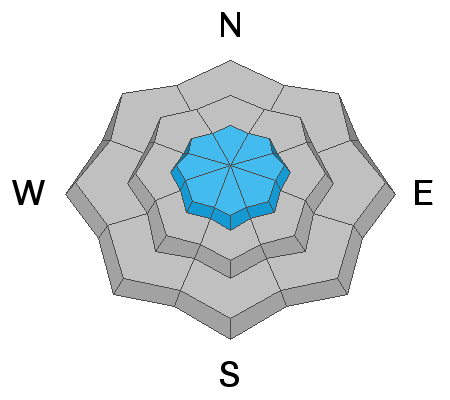The UAC's Avy Awareness Auction is currently underway with tons of great gear, jewelry, artwork and experiences available. Visit the auction page
HERE to help support the UAC's spring avalanche awareness and outreach efforts.
A new version of the UAC IOS application is now available on the Apple App Store. This version fixes many of the issues that occur when running IOS 13.
Download it now!
This morning, mountain temperatures are in the low 30s F at trailheads and low 20s F at ridgelines. Winds are currently southwesterly and averaging 15-25 mph with mid-elevation gusts of 30-35 mph and upper elevations gusts near 50 mph. Snow has lightly begun to fall, with no real accumulation thus far.
Today, a cold front will cross the area this morning with snowfall filling in behind the front. This will bring mountain temperatures in the upper 20s F and low 30s F, snowfall throughout the day, heavy at times, and westerly winds averaging 10-20 mph with gusts up to 25 mph at mid-elevations, and gusts up to 45 mph at upper-elevations.
The strongest snowfall will come mid-morning into the early afternoon and storm totals could be 6-12 inches of snow and up to 1.0 inch of water.
Looking across the state, the snowpack is generally near or slightly above normal for
snow water equivalent. For the full map of basins across the western U.S. go
HERE.
No new avalanches reported in the backcountry.
Our
Week in Review - where we highlight snow and avalanche activity from the past week - is available
HERE.










